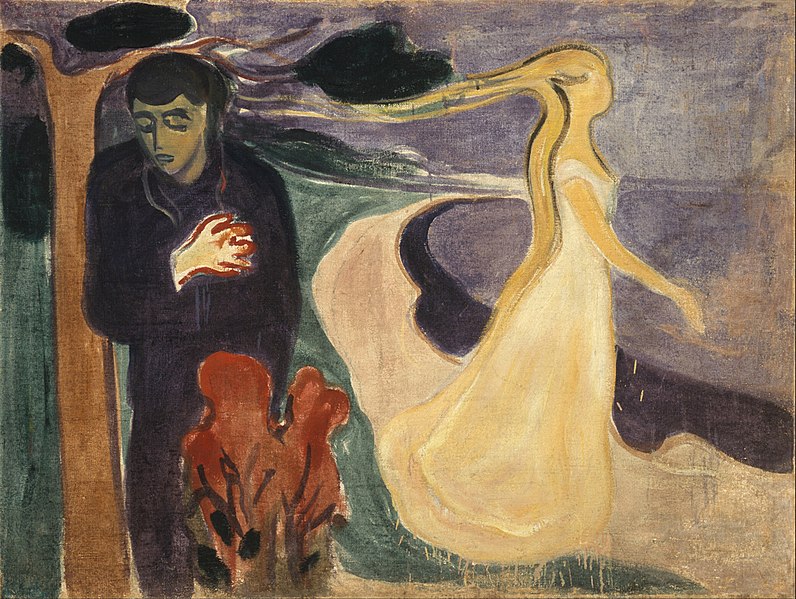On June 23, 2016, the UK voted to leave the EU. The date of the UK leaving is currently set at March 29, 2019 – almost three years after the vote. It could be postponed further. In the case of a transitional arrangement that could last until at least the end of 2020, possibly beyond the general election in 2022. That would total an enormous six years after the historic vote.
EU as well as Whitehall mandarins will tell you it must be this way because the relationship Britain has with the EU is too complex to untangle sooner. However, history offers a different angle.
World War I lasted four years, World War II six. Perhaps it is easier to conquer and then lose an entire continent than to separate two jurisdictions peacefully.
Instead, look at Czechoslovakia, the country where I was born but a country I never think of as my birthplace. That is because before I knew it, before I even went to school for the first time, it not only transformed from a socialist republic and a Soviet satellite to a liberal democracy, it also split into two nations. All I ever knew, therefore, was the Czech Republic.
All the turbulent history – Václav Havel elected president, the Velvet Revolution, the first free election, the beginning of economic transformation, Václav Klaus elected Prime Minister, the Velvet Divorce – happened within the first six years of my life.
The curious thing about this is the Velvet Divorce. Let me just briefly remind you of the timeline. The pivotal elections that took place on June 5 and 6, 1992, saw Václav Klaus’s party in the Czech Republic and Vladimír Mečiar’s party in Slovakia both take the lion’s share of the votes both in their respective state parliaments and the federal parliament (Czechoslovakia had already been a federation for over 20 years at this point)
Tensions erupted quickly. The Czech PM Václav Klaus met the Slovak PM Vladimír Mečiar in Brno on July 8 and they agreed to split the federation up. The agreement was signed on August 26 and Václav Havel resigned his seat in the meantime (July 20).
By November 13, a law was enacted on how the federal assets were going to be divvied up and twelve days later, an act was passed that set the dissolution date at December 31. Complex matters such as the continuity of the Czech Parliament, continuity of the laws, arrangements for courts and so on were all swiftly determined in December. A new Czech Constitution was passed on December 16.
Czechoslovakia dissolved at New Year’s Eve midnight. When the people woke up the next morning, they had new nationalities. The Czech Parliament re-elected Václav Havel president on January 26.
Within a mere six months, a comprehensive settlement had been agreed and activated. Immobile assets were distributed to the country where they sat, mobile assets and assets abroad were distributed according to the rough population ratio 2:1.
Amendments to international treaties signed by Czechoslovakia were negotiated and signed very quickly by both new republics, confirming the continuation of such treaties.
In 1996, the two countries signed a protocol specifying the distribution of duties enshrined by treaties signed as Czechoslovakia.
A customs union between the Czech Republic and the Slovak Republic was enacted into law quickly, including free trade in services, supported by a standard arbitration. It is a standard customs-union agreement that is short, easy to understand, does not attempt to dictate the regulatory standards, and saw no need set up an international court.
All of this was happening whilst Czechoslovakia and its member countries were undergoing a massive economic transformation.
Czechoslovakia was privatizing on an unprecedented scale at an extraordinary pace. In a way, it was like Brexit and the UK’s 1980s privatization combined, only a lot more complicated. Whereas the 1980s UK privatized two companies a year, the early 1990s Czechoslovakia privatized two companies an hour. Taken together, these companies’ accounting value was a big share of the GDP.
The voucher privatization alone (there were other methods of privatization) privatized companies worth one third of Czechoslovak GDP. Meanwhile, the republics were being separated.
Let us not forget the fact that Czechoslovakia was also a currency union. The original idea was that the currency would continue after the separation but the Czechoslovak koruna outlived Czechoslovakia by a mere six weeks.
Where there is a will, there is a way. Two things made this possible: Klaus’s insistence that it must happen fast before organized interests in business as well as government could mount a successful defense of the status quo.
Then the fact that the two newly created governments, for all the tension between them, worked together to apply current or previous arrangements in good faith. Wherever questions or differences arose, they sought an amicable solution where none of the parties would score a win for their side but one that would allow for future cooperation to be maintained.
Nobody was putting forward divorce bills or ridiculous notions of planes not flying, trucks stuck at the border, licenses not being recognized, or one country continuing to have jurisdiction over the other for the next 100 years. Time, and good faith, were of the essence.
If Czechs and Slovaks were able to separate an entire country in six months, surely Whitehall and Berlaymont can find a way to separate one member state sooner than in six years.
The article was originally published at: http://libinst.cz/czechoslovakia-split-up-in-six-months-no-reason-for-brexit-to-take-six-years/



